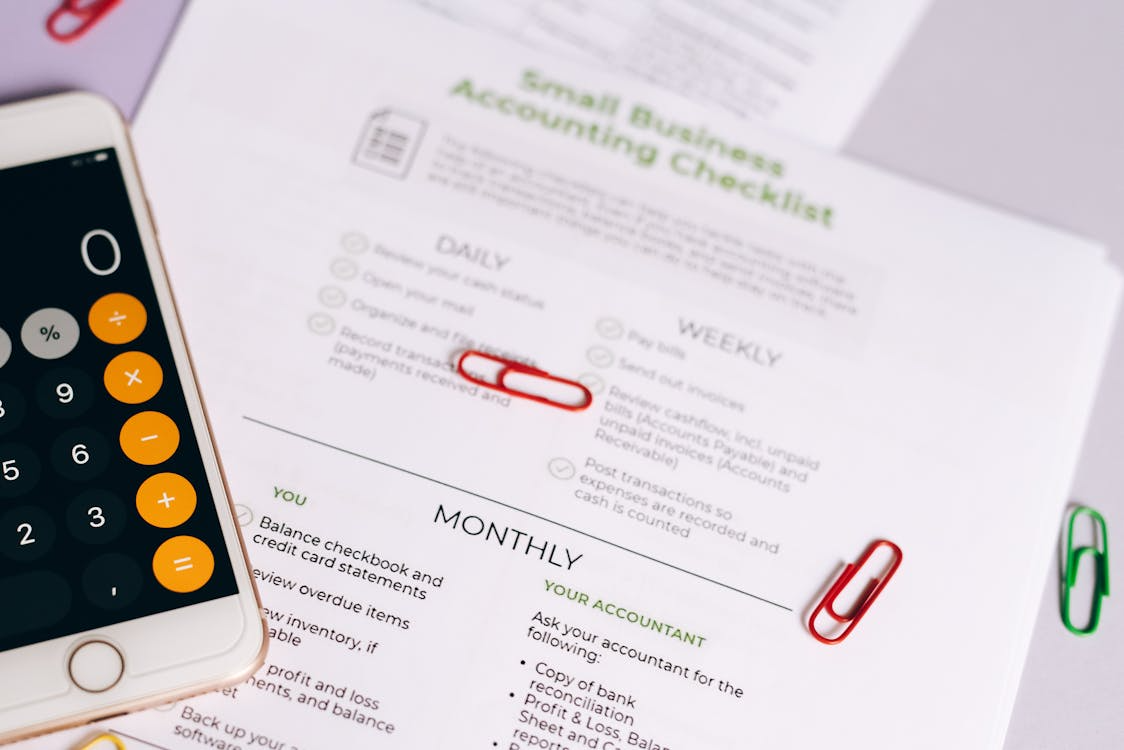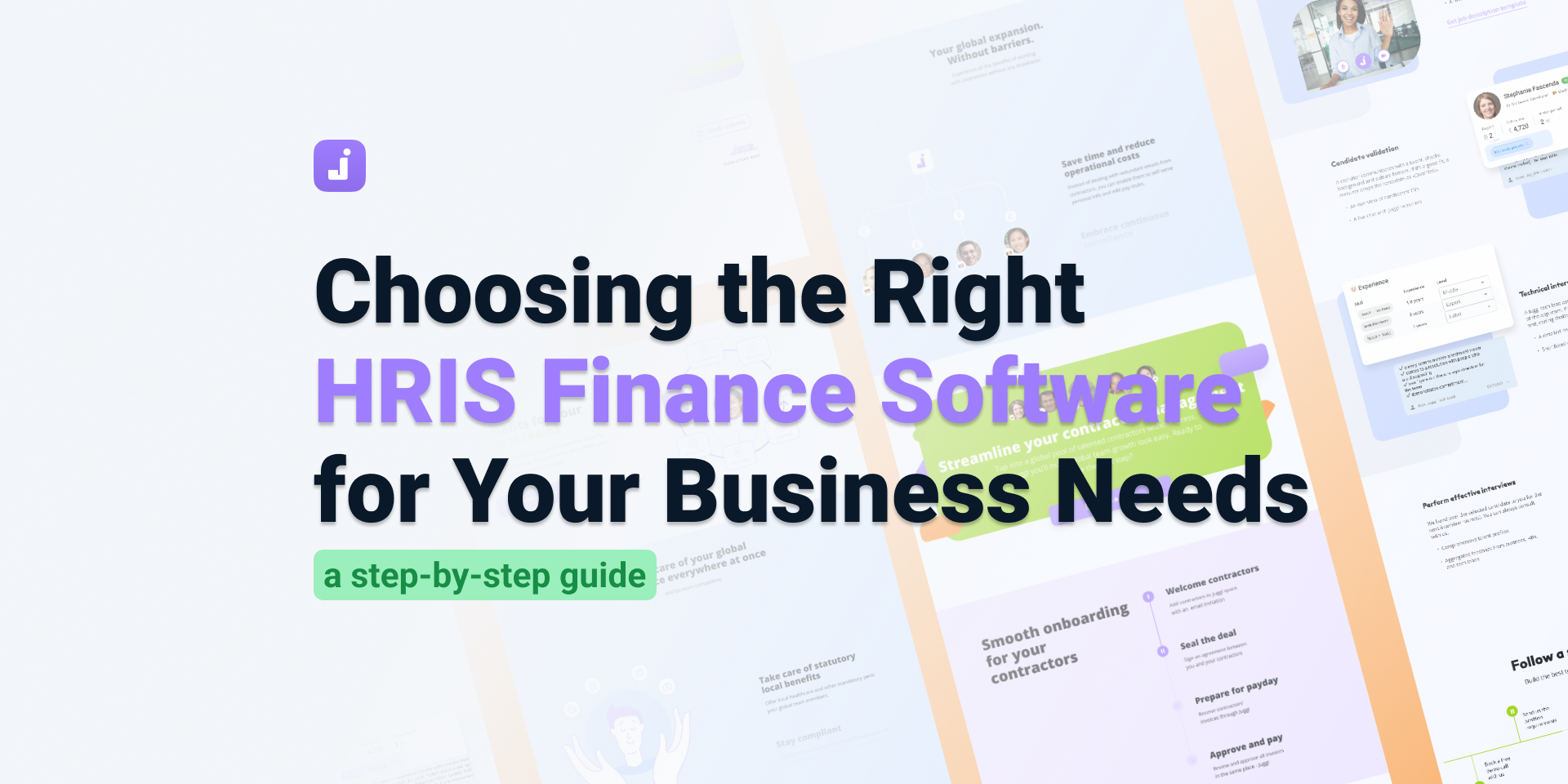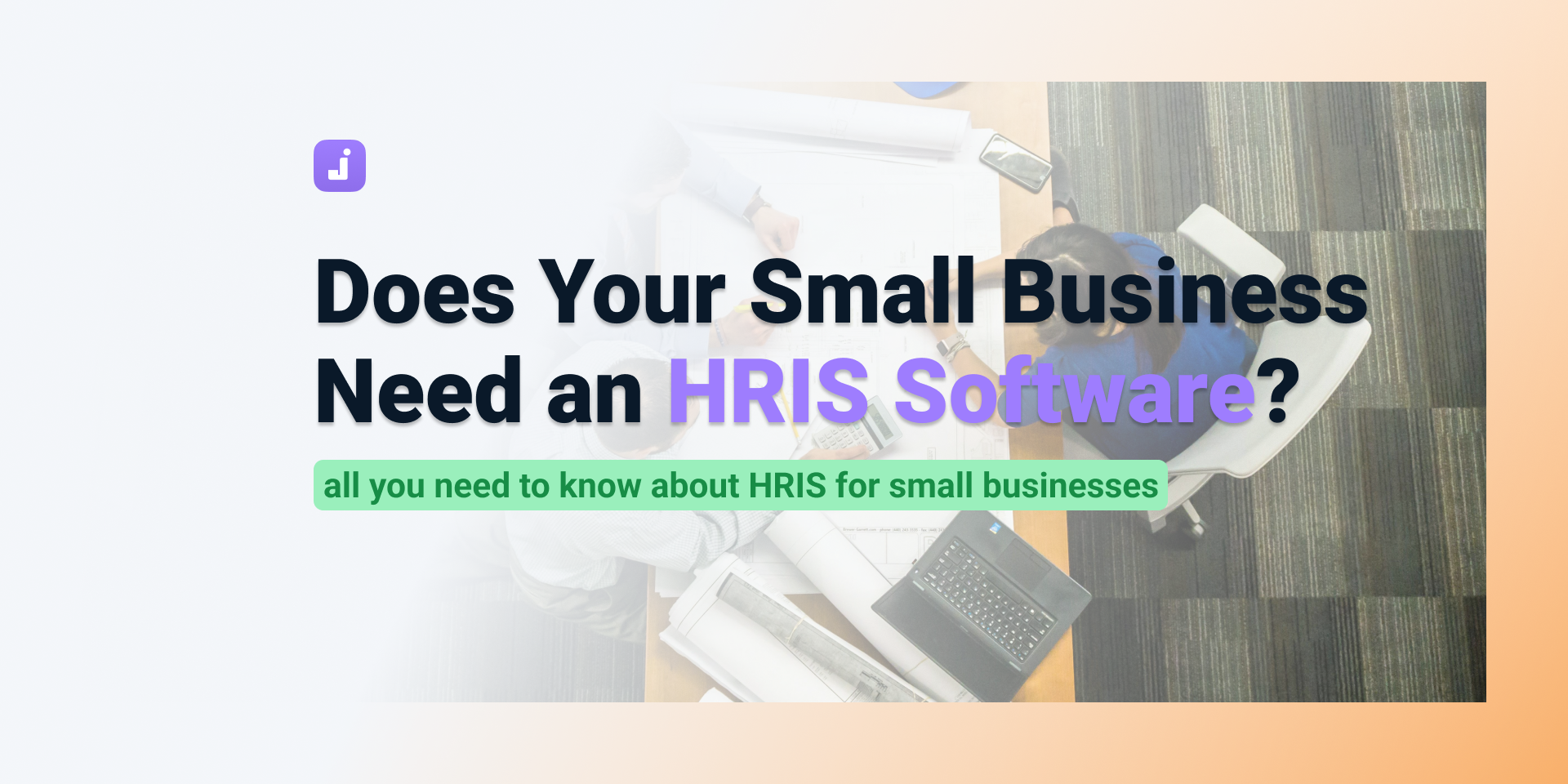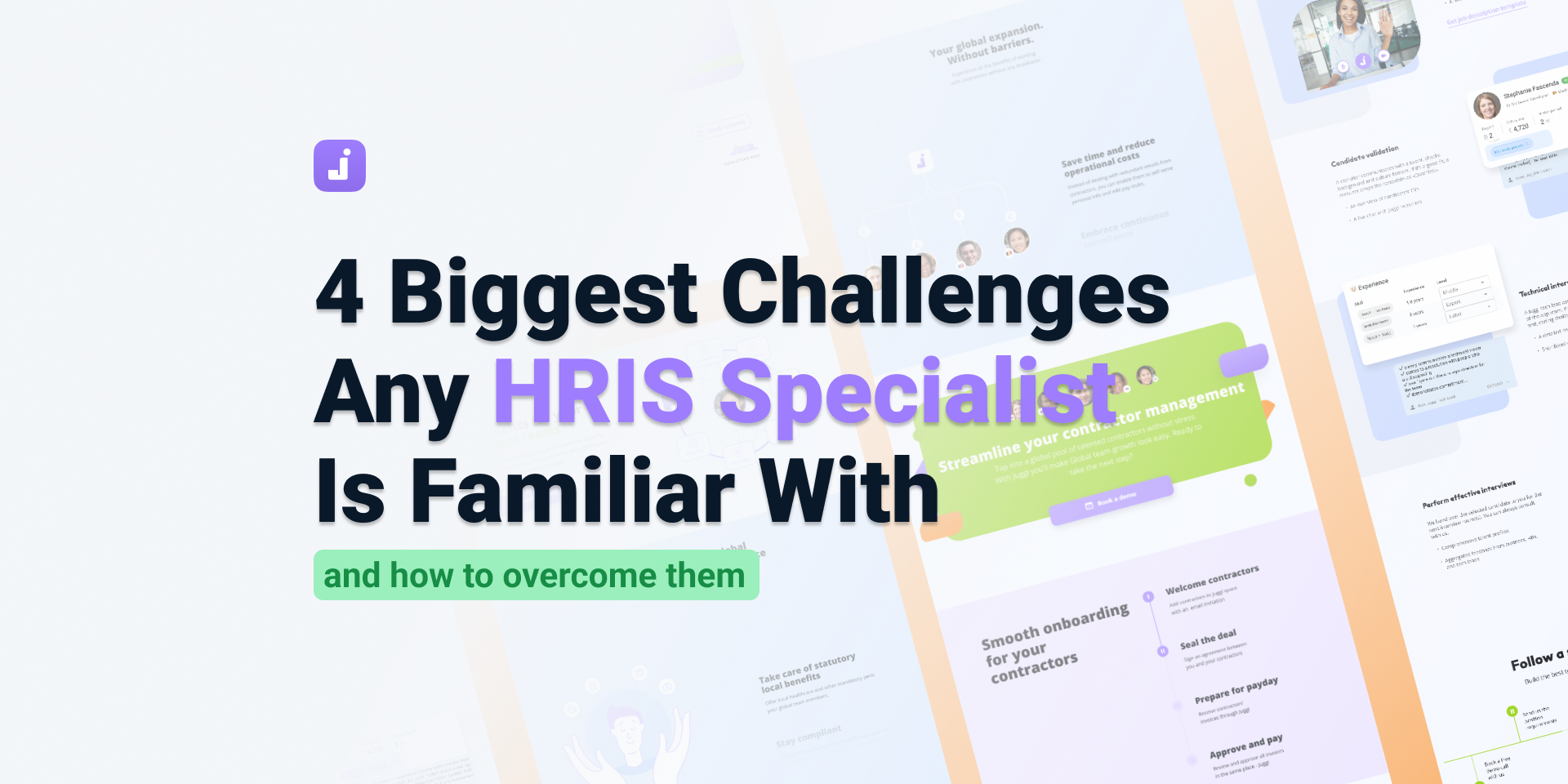What Is Pre-Payroll and Why It Matters: a Complete Guide
Payroll management starts long before it's time to issue salary payment orders. A well-executed payroll cycle begins with a cycle of pre-payroll activities – and they, in their turn, are the basis of the whole payroll process. This stage is necessary to ensure the whole salary management process is smooth, error-free, and fully compliant.
New to the term? This article is your complete playbook on the pre-payroll meaning, role, and workflow. By the end of this text, you'll be equipped with knowledge on what pre-payroll is, why it is just as important as payroll itself, and what you can do to ensure you run it correctly and with maximum efficiency.
Understanding Pre-Payroll
The term pre-payroll refers to a cycle of activities that happen before the actual salary distribution. They are essential to ensure that payroll runs smoothly, accurately, and in compliance with company policies and legal requirements.
Pre-payroll typically involves:
- collecting and verifying employee data
- calculating attendance
- tracking leave
- accounting for bonuses, deductions, or overtime
For example, if an employee took two days off or worked extra hours, this information needs to be confirmed and processed before payroll is finalized.
It also includes checking statutory requirements like tax deductions, social security contributions, and other mandatory benefits based on local laws. Any errors in this stage such as incorrect leave balances or outdated tax codes can lead to mistakes in pay slips or even penalties for non-compliance.
In short, it is the groundwork that makes sure everyone is paid the right amount, on time, and in line with regulations.

Key Elements of Pre-Payroll Processing
Pre-payroll management involves gathering, organizing, and validating key data that feeds into the payroll system. While some businesses use basic tools like spreadsheets and calendars, others turn to dedicated HRIS and payroll software to automate this stage. Regardless of the method, the focus is always on accuracy, consistency, and compliance. Let's take a look at some of the major factors that need to be accounted for during the pre-payroll stage.
Employee Data Management
The foundation of pre-payroll is maintaining accurate employee records – this applies to both personal information and position-related data. Any changes like promotions, resignations, or benefits adjustments must be updated in advance.
Attendance and Leave Tracking
Some businesses use manual timesheets or shared calendars, while others adopt biometric systems or time-tracking software to automate this process.
Deductions and Reimbursements
This includes statutory deductions like taxes and pensions, as well as company-specific policies like loan repayments or expense compensations. Dedicated teams should ensure these are applied correctly to avoid errors in net salary payouts.
Bonuses and Variable Pay
Another aspect to take into account is incentives, performance bonuses, or overtime payments. These often change month-to-month, so they must be clearly recorded and approved before you close the month and execute payroll.
Tools and Systems
Many small businesses still use spreadsheets and shared calendars to manage pre-payroll data. However, as operations scale, specialized tools like Juggl become a worthy addition to the workflow: introducing pre-payroll software integrated with HR platforms reduces manual work and minimizing errors.

The Role of Specialized Pre-Payroll Software
While smaller businesses do just fine with basic tools like spreadsheets and calendars, managing pre-payroll manually becomes time-consuming and prone to error when teas start to grow. Tools like Juggl act as a mediator between employee databases, timesheets, and benefit data, transforming the way Finance and Operations teams handle this stage of payroll.
Instead of juggling spreadsheets, emails, and calendar reminders, teams can rely on one platform to manage everything from attendance to compliance. Some of the key benefits of using pre-payroll tools like Juggl are:
- Centralized data management. With dedicated software, you can store and update employee records, leave balances, tax information, and pay structures in one place. This way all teams have the same data without the unnecessary back-and-forth.
- Automated PTO and leave tracking: Dedicated software usually syncs with time-tracking systems or offer employee self-service mechanics to log hours, monitor absences, and approve leave requests.
- Accurate calculations: Pre-payroll software automatically factors in variable pay like bonuses or deductions – this reduces the risk of errors in payroll inputs.
- Workflow transparency: Employees can track approvals and changes to their requests in real-time, so nothing gets lost or delayed.
- Scalability: Whether you're managing 10 employees or 1000, dedicated tools adjust accordingly without extra work from your side.
- Faster payroll cycle: By getting rid of manual processes, tools like Juggl take off the load of manual work from you, cutting the time needed to prepare for payroll. With automation, Finance teams can save up to 20 work hours every week and cut the month closing time in half.
Conclusion
Pre-payroll may not get as much attention as payroll itself, but it’s the backbone of any accurate and effective workflow. While payroll software solutions focus primarily on the financial and law aspects of payroll, pre-payroll software like Juggl aids businesses with what comes before – data collection, automation, request management, calculations, and ultimately, transitioning data to dedicated payroll tools.
Looking ahead, the future of pre-payroll management will only become more digital and data-driven. We can expect deeper integrations with HR systems, smarter automation through AI, and real-time compliance updates based on regulation changes. Some advanced tools are already offering predictive AI-powered analytics and customizable workflows – these features will also play a larger role, helping companies make faster, more informed decisions.
Investing in a strong pre-payroll process is all about laying the groundwork for a more agile and efficient payroll system with people in its core – and putting people at the core of your systems is the ultimate secret to success.

.jpeg)








